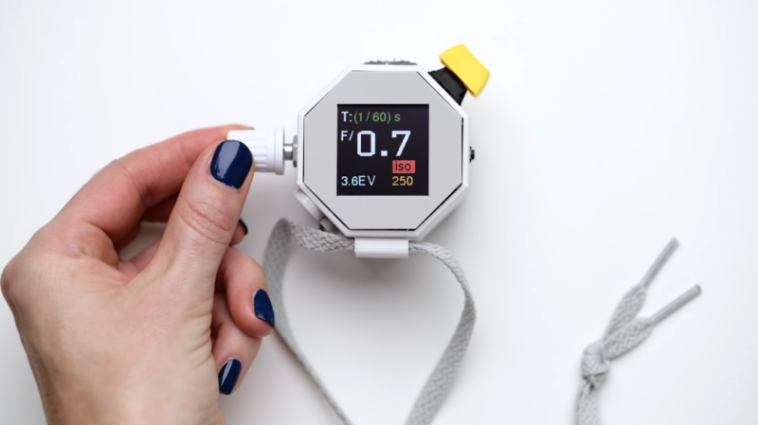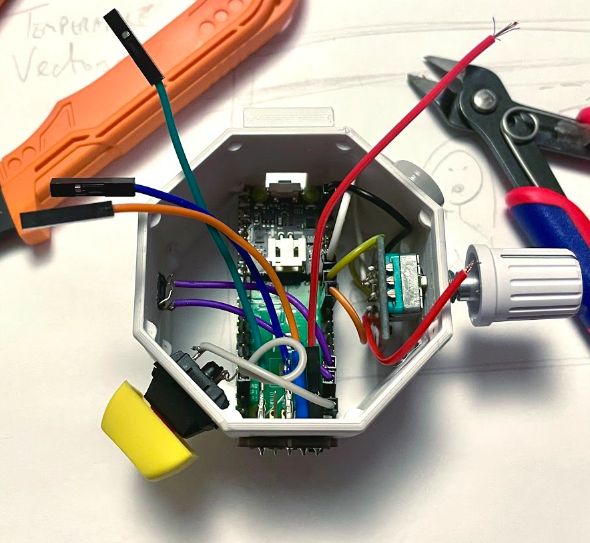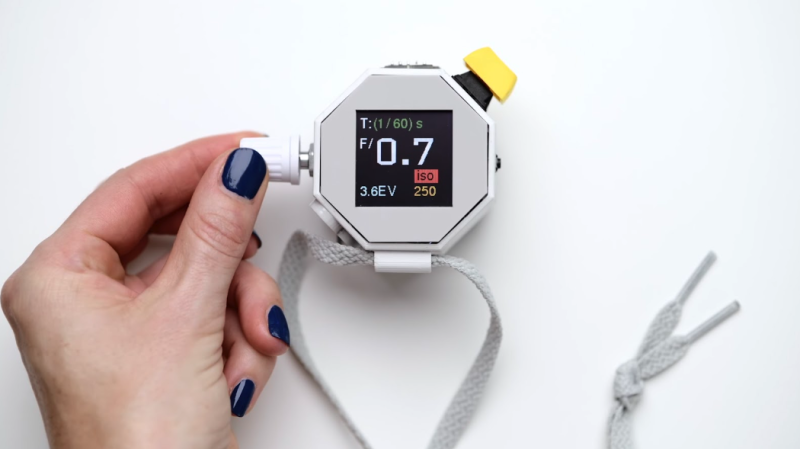Pico power
While most modern digital cameras have light meters built-in, many older cameras don’t have this luxury, and the price of some light meters can be prohibitive. Enter Martin Spendiff and Vanessa Bradley, two familiar makers who present their latest Pico-based project: Photon, a very budget-friendly take on this handy tool. Always keen to use old tech whenever possible, and aware of a revival using analogue film, the pair show off their make in this slick YouTube video.
The duo felt that “the big brand light meters seemed too expensive for what they actually are.” Also, this is a potential money-saver if you use film in your camera, as “film is still pretty expensive, so something that means more consistent images is really useful.” Furthermore, Martin is now very conscious that, “after using Picos for a while, you look at things and think ‘I could build that’!”
Photon contains a light sensor which reads the light level and then “does a little bit of calculation to make it able to turn that into the required camera settings. Pico is doing all the hard work with a bit of MicroPython that we put on GitHub,” explains Martin. The code was “borrowed from some other projects (coffee grinder augmentation and the burger cooker); it isn’t very complicated code, so it was pretty easy to cobble together.”
Proof of the pudding
To make sure that Photon was performing as it should, a consistency check was done against much more expensive counterparts, and the results were hugely encouraging. So much so that Martin admits being surprised: “When I saw that people were saying they were building them, I nervously went back and rechecked against a couple of expensive meters and a grey card and a camera… it was accurate over a wide range of light levels. It was a relief!
“The feedback has largely been from the analogue film community, and positive,” he continues. “I think the overlap between makers and keen photographers is bigger than we anticipated.” Martin alludes to a famous photography expression, attributed to the New York photographer Weegee, which is ‘f/8 and be there’, the underlying gist of which is: take the opportunity for a great picture, but don’t worry too much about technique, using a basic aperture setting. “The incident meter is a good way to simplify the process of getting a good exposure. My photos aren’t better, but they are definitely more consistent,” affirms Martin.
Regular readers of The MagPi will remember other Veeb projects we’ve featured, and Martin thinks he may now want to go back and “refactor” some of those soon. “There have been lots of times where we learned things and thought… we should have done X like that,” and Photon might be a project that gets some future refactoring once more GitHub feedback is received. You can find their collection of superbly put together and illuminative videos on Veeb’s YouTube page.




